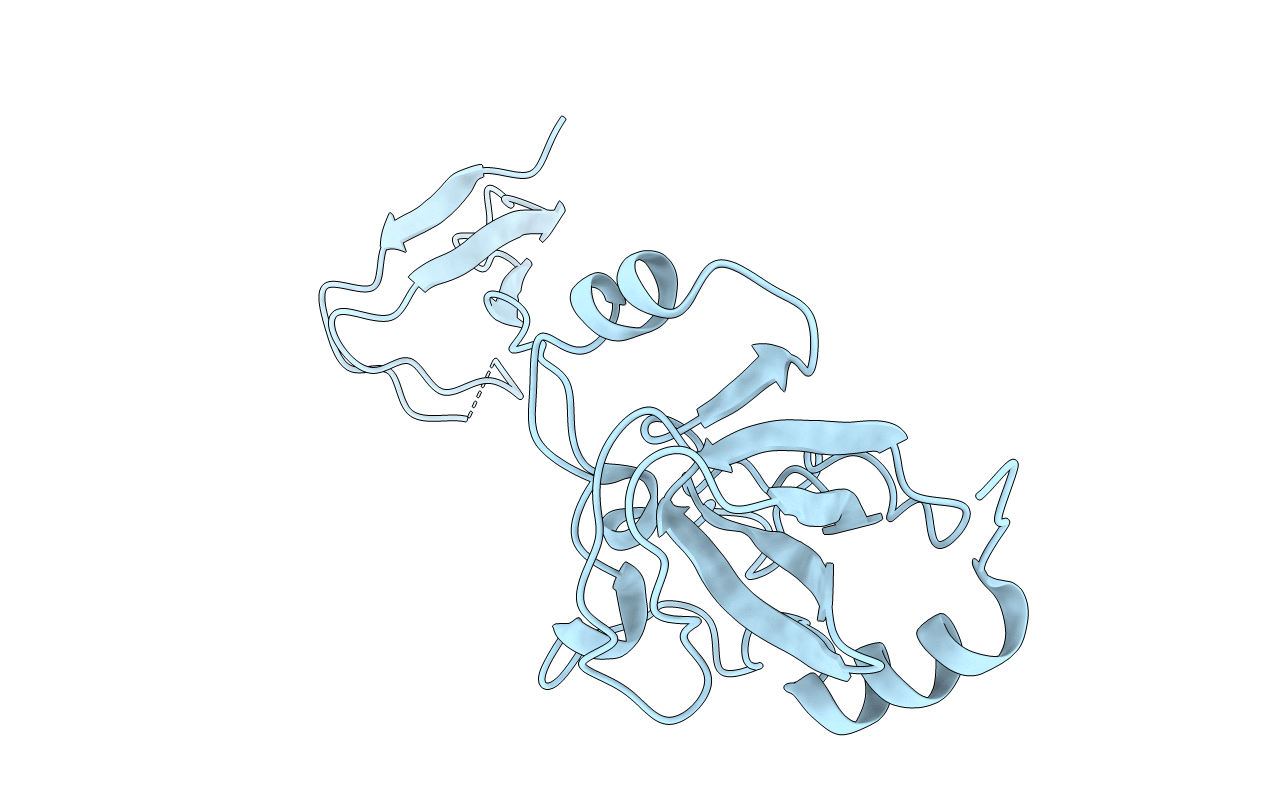
Deposition Date
2003-05-11
Release Date
2003-05-27
Last Version Date
2023-12-27
Entry Detail
PDB ID:
1UEC
Keywords:
Title:
Crystal structure of autoinhibited form of tandem SH3 domain of p47phox
Biological Source:
Source Organism:
Homo sapiens (Taxon ID: 9606)
Host Organism:
Method Details:
Experimental Method:
Resolution:
1.82 Å
R-Value Free:
0.23
R-Value Work:
0.21
R-Value Observed:
0.21
Space Group:
P 41 21 2


